Proença-a-Velha is a quiet, sleepy place, where the stones of the ancient buildings guard a thousand stories. In the village square, a group of men are sitting in the morning sunshine discussing life as it passes peacefully but relentlessly by. An elderly woman using a crutch to ease her passage, and carrying a wicker basket ambles up the steep hill towards the church, an old dog follows slowly in her shadow. The town possesses an air of having been forgotten by the modern world, of being left behind. It is this air of being forgotten which the president of the parish council, Francisco Silva, is attempting to reinvigorate and return the town to something of its former glory. The town was once the hub of the Beira Baixa Olive Oil industry in the region, but due to economic reasons, the introduction of larger, more modern Beira Baixa Olive Oil production techniques and the migration of its younger citizens to the larger towns and cities, Proença-a-Velha has turned somnolent. But, there is light on the horizon and thanks to the efforts of Francisco Silva things are looking up.
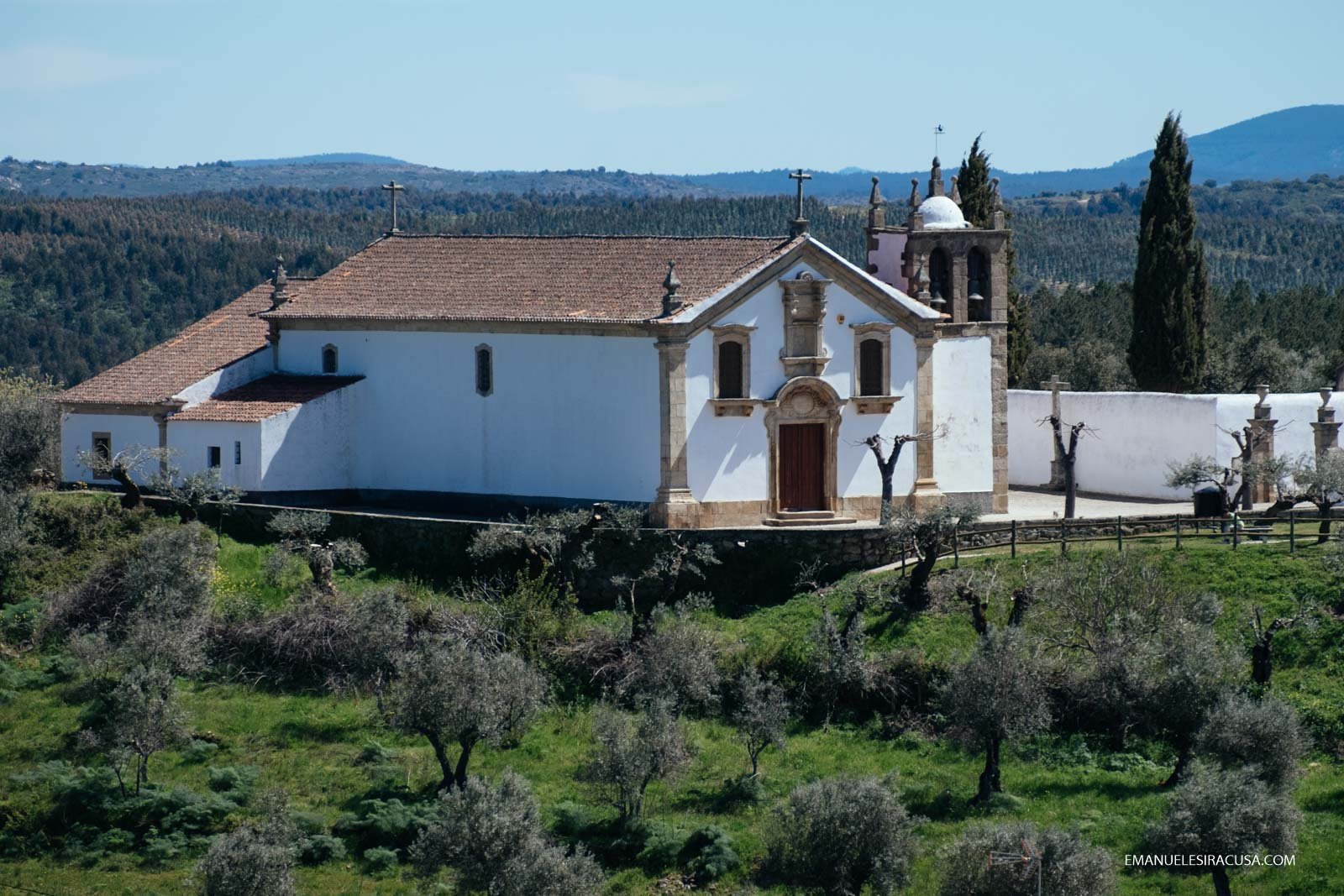

Through an initiative driven by Silva, the town is now home to a fascinating working museum (free to enter) dedicated to protecting the heritage of the Beira Baixa Olive Oil industry. But this is no mere museum; despite depicting the history, through pictures, exhibits, and artefacts, of olive harvesting and milling through the centuries, the museum, which was opened in 2001, is the only one of its kind in the world which features the four main methods of Beira Baixa Olive Oil production. In tastefully restored buildings surrounding a central cobbled courtyard, fully functional milling machines, both ancient and modern explain the several-thousand-year-old process. In one building a giant stone, wheel is powered by animal or human effort. In another, water cascades from a spout, in turn powering its own process. In yet another building a mechanical press, powered by diesel or electricity spins into life. And finally, the latest edition, a modern extraction line which only requires the attention of two employees handles up to 800kg of olive per hour.



It is this last, and most modern mill, that Silva hopes will help restore and protect the heritage of olive production in the area. Before the inauguration of the mill, there were was no place in the locality where the farmers could process their olives. Silva, in his wisdom, decided that something needed to be done to ensure the future of olive production and the protection of its past heritage. Local producers can now transport their olives directly to the museum for processing; ensuring their fruits do not end up as part of a convoluted blend from multiple sources, as happens in the larger, more modern mills. Now the farmers of the Proença-a-Velha have full control over their harvest, and it is through this control and the quality of their harvest which has seen a rising demand for the finished product, both locally and further afield.

Portuguese Beira Baixa Olive Oil
Artisan Beira Baixa Olive Oils are now being produced, bottled and sold to the ever increasing numbers of tourists and burgeoning restaurants across the region. Young people have returned or remained in the area to carry on the tradition and become part of the community once again. It is not just in the museum and mill where Silva holds sway. He is actively trying to promote the age-old method of growing the olive trees themselves. In modern production methods the olive trees are grown in long, unwavering lines to ease the harvesting process; beneath them, nothing grows. But here in the olive groves around Proença-a-Velha, the trees stand scattered haphazardly where they are planted. In their shadows sheep graze, ensuring wool, milk for the creamy local cheeses and wool for the local cloth. Flowers and herbs blossom freely. Buzzards and birds of prey own the skies and the air is filled with birdsong. Through the efforts of Silva, both man and nature are thriving in harmony once again.


Silva told the farmers to keep producing and he would find a way to preserve and protect their heritage and their way of life. Through education in new production processes and the ability for the growers to have full control over their product, Silva has been true to his word. Tourism has increased, the quality of the farmers’ products has improved, the environment has been protected and the future of this quiet town is looking bright again.
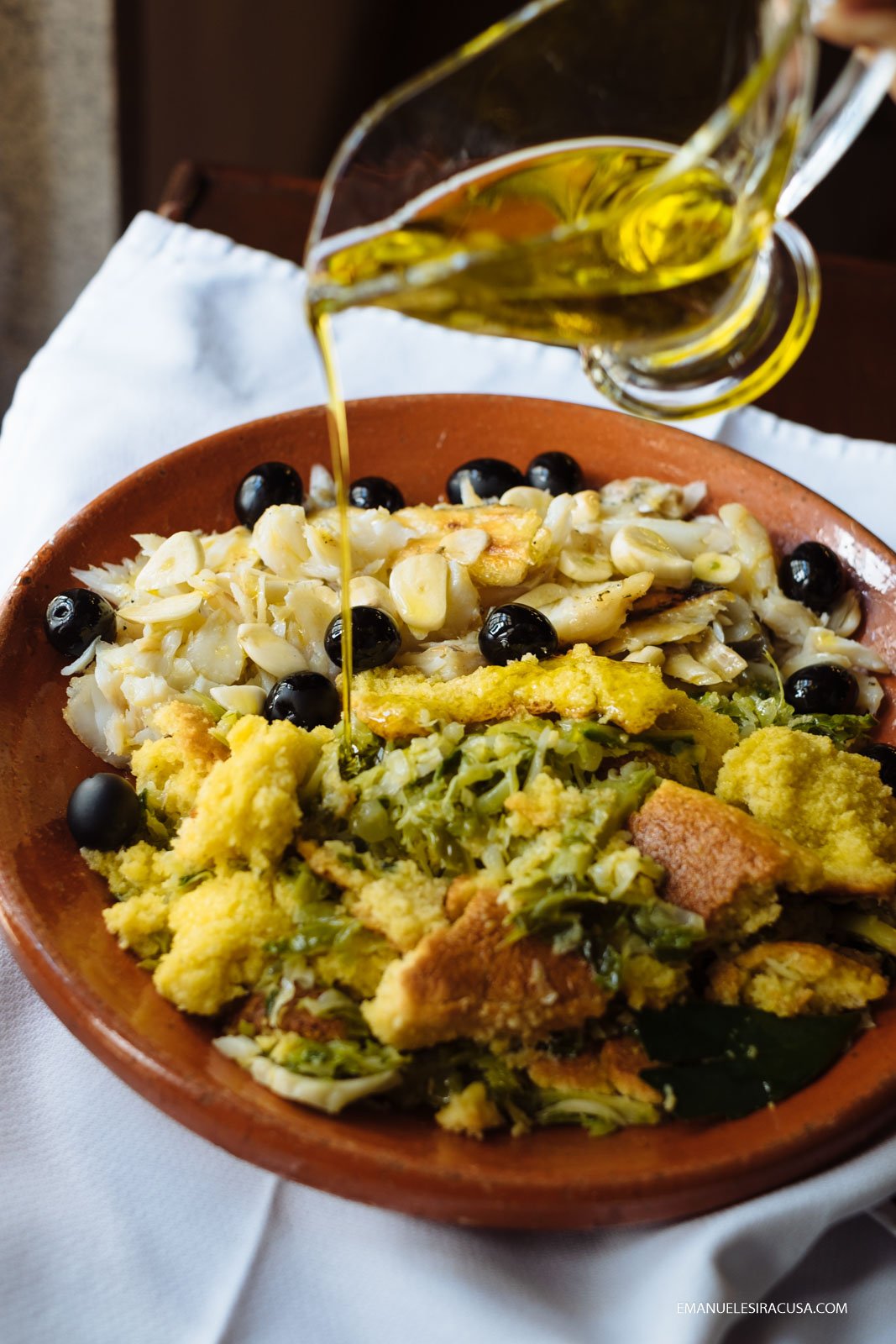
This Portuguese Beira Baixa Olive Oil post is a part of a series of 9 posts I wrote based on my journey to Beira Baixa in March 2016. Please find the links o the other articles bellow:
Beira Baixa in Centro de Portugal
Belmonte in Centro de Portugal
Parque Natural do Tejo Internacional
Portuguese Cherry Daiquiri Recipe
Disclaimer:
This Portuguese Beira Baixa Olive Oil post was written by my inspiring friend Brendan Harding as part of my ongoing collaboration with the Centro de Portugal Tourism Board. All opinions are my own. Photo credits to my inspiring friend Emanuele Siracusa.
Brendan Harding
My name is Brendan Harding and I was born and raised in Ireland – that small teddy-bear-shaped island which clings to the edge of the European landmass.
6 Comments
Add comment Cancel reply
This site uses Akismet to reduce spam. Learn how your comment data is processed.


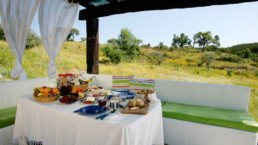
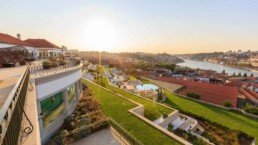
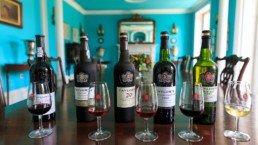


[…] Portuguese Beira Baixa Olive Oil […]
[…] Portuguese Beira Baixa Olive Oil […]
[…] Portuguese Beira Baixa Olive Oil […]
[…] Portuguese Beira Baixa Olive Oil […]
[…] Portuguese Beira Baixa Olive Oil […]
[…] is one of the most delicious there are. If you want to know more about it, I founded this article . Here in Portugal it is very common to cook and bake with olive oil. I personally only use olive […]